Looking for a first work experience can be an exciting—and sometimes intimidating—part of adolescence. As your students with disabilities think about what kind of work options they’d like to pursue, they may be wondering how, when, and whether to disclose their disability when they search for and get their first job.
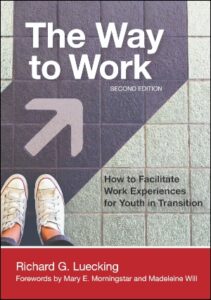 What are the pros and cons of disclosing? If someone does decide to disclose, how and when should they do it? Your students may look to you for guidance on this important issue, so read today’s blog post for some quick tips on the who, what, when, and how of disclosing a disability to an employer. Excerpted and adapted from the new second edition of The Way to Work by Richard G. Luecking, this post offers some basic guidance you can share with your students as they prepare for a successful first work experience.
What are the pros and cons of disclosing? If someone does decide to disclose, how and when should they do it? Your students may look to you for guidance on this important issue, so read today’s blog post for some quick tips on the who, what, when, and how of disclosing a disability to an employer. Excerpted and adapted from the new second edition of The Way to Work by Richard G. Luecking, this post offers some basic guidance you can share with your students as they prepare for a successful first work experience.
Advantages and disadvantages of disclosure
Disability disclosure carries with it both benefits and challenges. On the “advantages” side, disclosing information about a disability can:
- Ensure that your student gets the help they need to perform well in the workplace.
- Make it possible to receive reasonable accommodations under the Americans with Disabilities Act (ADA).
- Help your student advocate for additional accommodations and supports when task assignments change or when new coworkers or supervisors come on board.
- Improve a person’s ability to advocate for themselves and improve their self-image.
- Create a comfortable work environment in which the worker doesn’t have to worry about keeping the disability a secret.
However, there are also a few potential disadvantages to disclosure that your student may be weighing. Specifically, disclosing a disability can sometimes:
- Result in discrimination in consideration for a work experience or a job.
- Result in stereotyping or inaccurate perceptions of the worker’s ability.
- Lead to disparate treatment from employers—either overly solicitous attention or exclusion.
- Cause a student embarrassment.
- Lead to ill treatment or suspicion from coworkers.
When should a person disclose?
There’s no single right time or way to disclose a disability —and after weighing the pros and cons, some people may decide that they don’t want to disclose at all. If your student decides they do want to disclose, there are several different times when they can do so:
- During the initial contact with an employer, such as in a request for an interview or the scheduling of an interview
- During the interview itself
- After the interview or acceptance into a work experience
- Any time after the work experience begins
Decisions about disclosure are influenced by many factors—both personal and job-related. For example, if your student is pursuing an unpaid work experience such as an internship or volunteer work, there may be fewer expectations for productivity, which may factor into the decision of whether and when to disclose (they may only want to disclose if they run into challenges completing their tasks). If your student is applying for a paid job, the stakes will probably be a little higher, and it may be more urgent to secure accommodations early in the process. Some necessities, such as the need for wheelchair access or an interpreter, are best discussed with a potential employer during the initial contact with the company. Your student should think about what they need to complete their tasks successfully on the job, and make decisions about the “when” of disclosure accordingly.
There’s no single right time or way to disclose a disability .
How and what should a person disclose?
Encourage your students to consider these points when deciding what personal disability information to disclose and how to disclose it:
- Prepare ahead of time. Your student should be sure they’re well prepared to discuss their accommodation needs and describe what companies need to do to make things work for everyone involved.
- Be honest, be straightforward, and give factual information. Your student should make it as easy as possible for employers and coworkers to understand their disability and how it may affect interactions with them.
- Relate comments to the immediate situation. Your student should focus on how the disability will affect (or not affect) the tasks assigned to them—not what it means in school or at home.
- Decide if it’s necessary to name the disability or just identify the accommodations needed. Your student could either say “My learning disability makes it hard for me to understand written directions” or “I learn better when I hear the directions than when someone writes them.”
It might be helpful to work with your student on a specific disclosure script they can practice ahead of time with friends, teachers, relatives, or mentors. Luecking offers a few examples of disclosure scripts in his book:
“I’m really looking forward to this interview. I’ve heard so much about your company. I am checking to make sure the interview room can accommodate my wheelchair. That way I can more comfortably present my qualifications for this work experience.”
“I like to stay busy, but I learn new jobs slowly. If my teacher comes with me to the job the first few times, I can learn what I need to do and stay busy at it.”
“I am a very fast worker and get along with people well. In spite of my hearing impairment, I can lipread in face-to- face interaction. But I will need to communicate with my coworkers using e-mail frequently and use TTY services and devices when using the phone.”
“My energy and attention to detail would make me good at this job, and I would be very productive. I have an oral processing disability, which means that it helps when instructions are in writing rather than verbal. With this small accommodation, I know I can do the job quickly and then make myself available to help out others with their tasks.”
“I really like this job, but I get anxious when there is so much noise. I work best in a more isolated area. I know I can do it better if I can move my workstation to another part of the office.”
It might be helpful to work with your student on a specific disclosure script they can practice ahead of time with friends, teachers, relatives, or mentors.
To whom should a person disclose?
This may depend on the position or role of the person who will be the recipient of that information. Your student may choose to tell a prospective employer, a workplace supervisor, a workplace mentor, or a coworker. They may also choose to disclose through a third party intermediary, such as a job coach, teacher, or other transition professional.
When deciding who they will tell about their disability, your student should consider the following five questions:
- Does this person have the authority to help implement an accommodation?
- Can this person provide the accommodation?
- Is this person responsible for hiring, promoting, or evaluating my workplace performance?
- Is this person someone who can help provide support for me at the workplace?
- Can the person be trusted to keep my disclosed information confidential?
If the answer is yes to any of these questions, then that person is probably someone to consider. (But even if the answer is yes, your student may still choose not to disclose, and that’s okay.)
There are many questions and considerations that go into the issue of disclosure, and these are just a few tips to get your students started as they begin their job hunt. For more in-depth guidance—and a complete plan for helping young adults achieve competitive, integrated employment—explore the book that inspired today’s post!
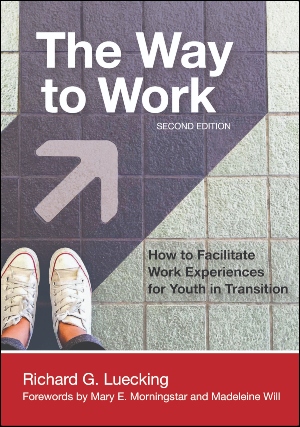
The Way to Work: How to Facilitate Work Experiences for Youth in Transition, Second Edition
The new edition of this classic bestseller is your complete guide to facilitating individualized, person-centered work experiences for high school students and young adults with a range of disabilities. The first book that clearly explains how to effectively apply the requirements of Workforce Innovation and Opportunity Act (WIOA), The Way to Work gives you the knowledge you need to adhere to the new rules and leverage new opportunities to benefit youth in transition.
Stay up to date on the latest posts, news, strategies, and more!
Sign up for one of our FREE newslettersMore posts like this
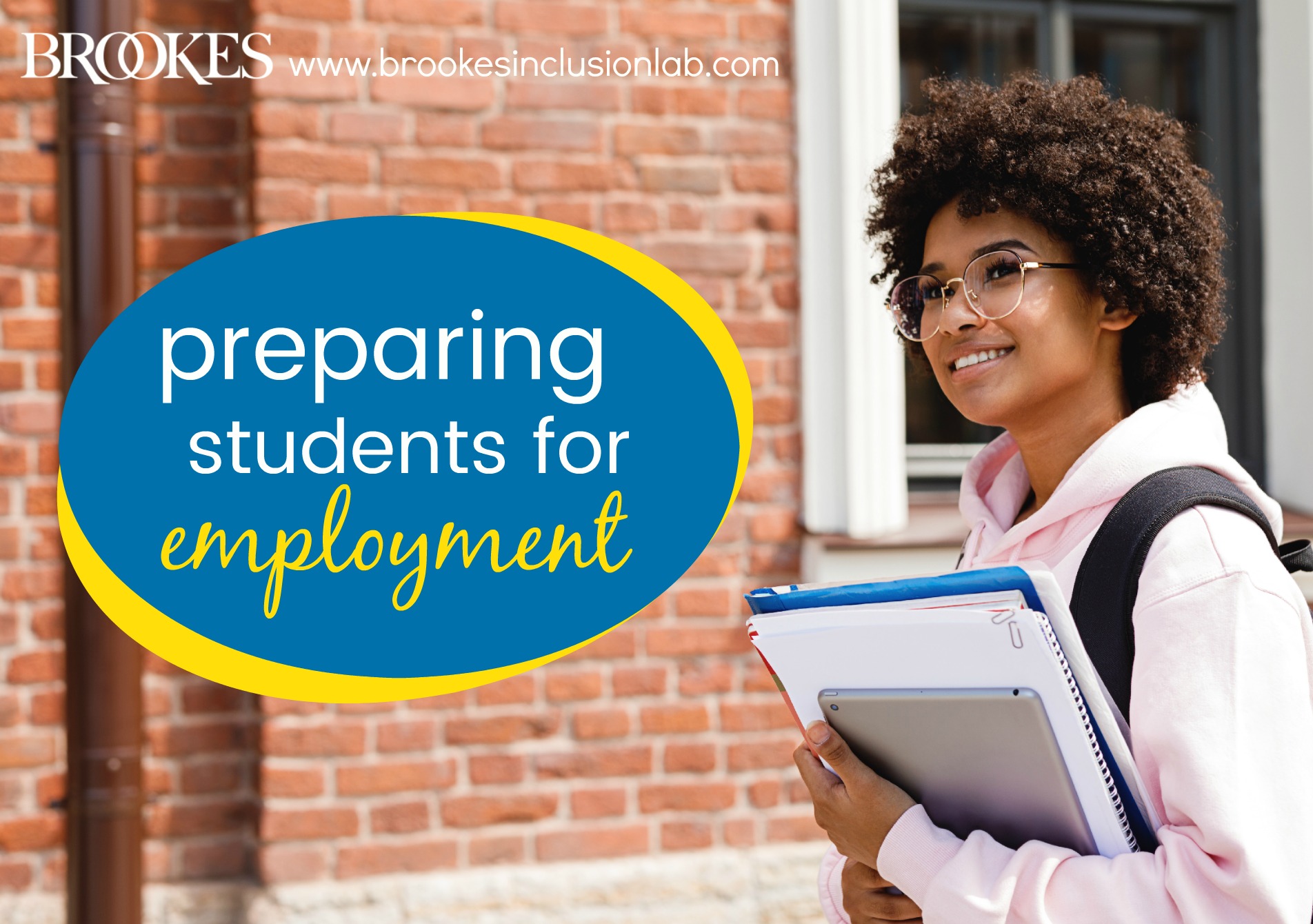
Using Person-Centered Planning to Prepare Students for Employment
September 17, 2019
20 Tips on Preparing Students with Disabilities for Employment
January 31, 2017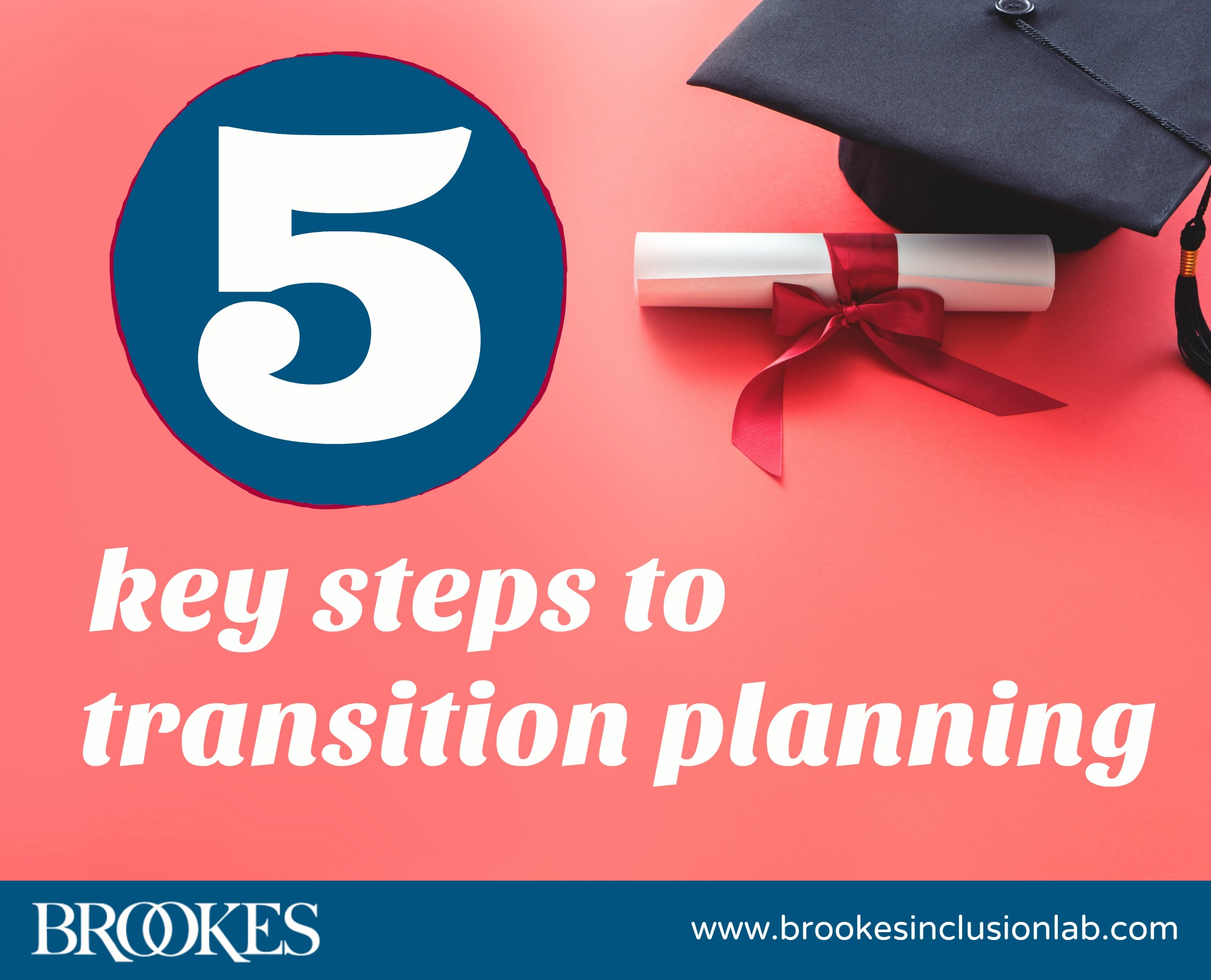

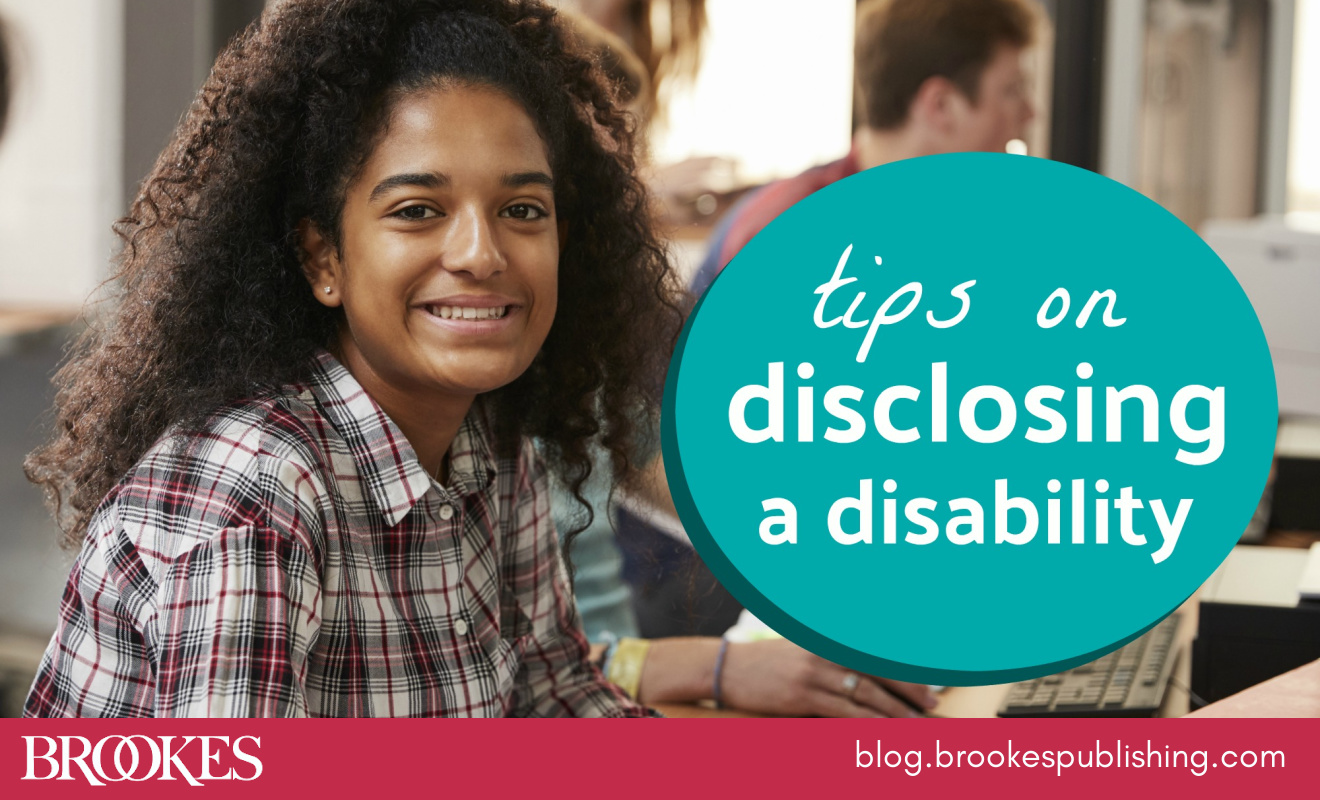
Write a Comment
Your email address will not be published. Required fields are marked *
Post a Comment